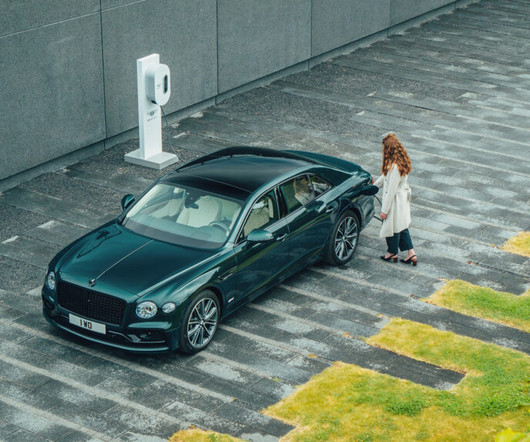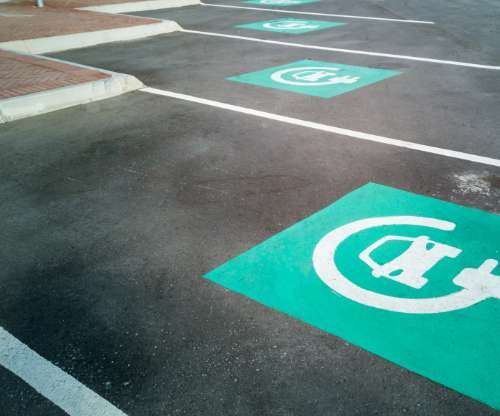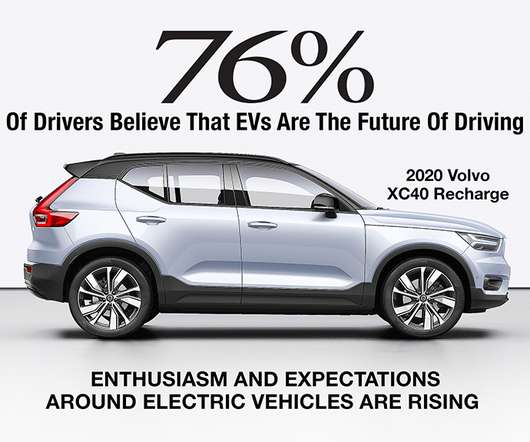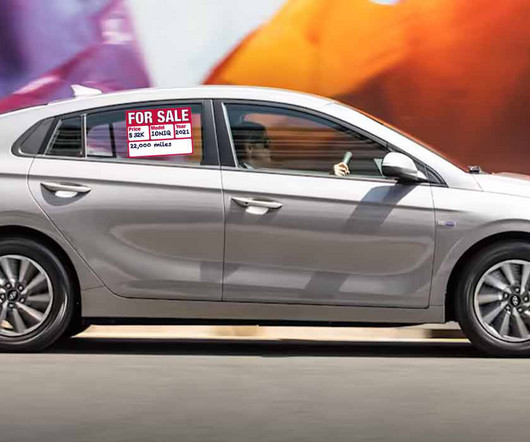Corby answers the $456,000 question: Is the luxury-soaked Bentley Flying Spur the world’s most pointless plug-in hybrid?
EV Central
AUGUST 18, 2023
If you’ve got that much money to drop on a luxury sedan that’s slightly larger than the barn where you keep your polo pony, chances are you live and work at the more resource rapacious end of the spectrum. You fly more than most people, possibly in your own jet or helicopter, and your annual carbon footprint is roughly the size of Sicily.





























Let's personalize your content